- Home
-
Our tours
- Our tours
- Africa
- Asia
- Latin America
- North America
- Oceania
- Holiday types
-
Accommodation
- Accommodation
- Africa
- Asia
- Latin America
- North America
- Oceania
-
Practical info
- Practical info
- Africa
- Asia
- Latin America
- North America
- Oceania
- Info & contact
- Blog
Bali – the island of a thousand temples
02.11.2017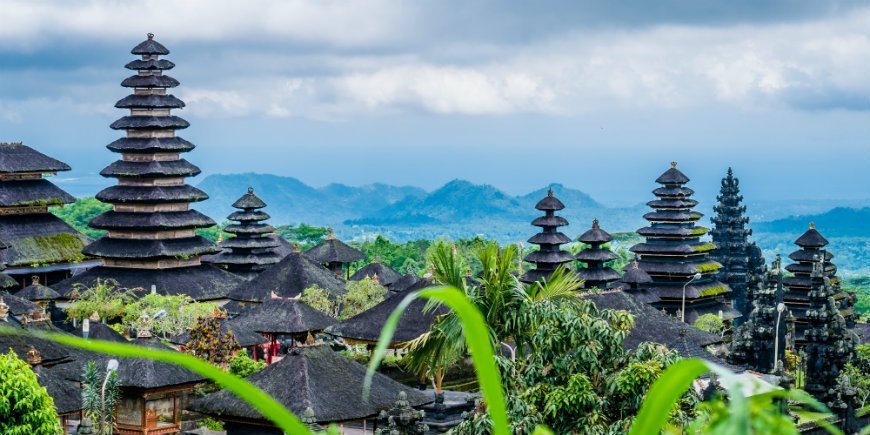
As the saying goes, the ideal has many names. Bali is a place with many.
The Indonesian island is commonly known as the Island of the Gods and the Island of a thousand temples.
And the names hold water, as Bali has more than 10,000 temples, or shrines, as many of them are, and each and every monument is unique.
But what do the temples and the religion really mean to the Balinese?
Bali’s religion and temples
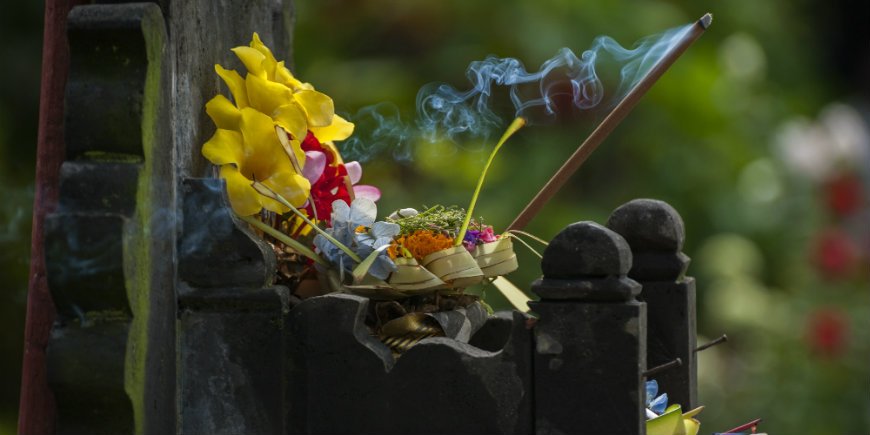
The dominant religion in Bali is Hinduism. Bali Hinduism is characterised by the belief that nature is “power” and each element is subject to influence from spirits. Ancestor worship is also a part of the beliefs.
The Balinese offer sacrifices to their ancestors and the spirits, giving them shrines to reside in – temples.
In Balinese, temples are called pura. The name comes from Sanskrit, where pura means “a place surrounded by walls”.
And there are several different types of these pura on the island.
- Pura Puseh is the type of temple found in the Balinese villages. The villagers dedicate the temple to their ancestors.
- The villages also have temples designated for official celebrations. This type of temple is known as a Pura Desa.
- Temples of death are calledPura Dalem. This type of temple is dedicated to the death of the gods.
Each and every family in Bali has a small temple dedicated to its ancestors, and the villages have temples for official purposes.
Temples are a major part of the religion of the Balinese people, as they can offer sacrifices to their ancestors and the spirits here. Bali Hinduism is known for its countless rituals, and the rituals are therefore a major part of everyday life.
Five magnificent and beautiful temples in Bali worth a visit
A visit to some of the island’s many temples is a must when you are in Bali. It gives you a special insight into how the Balinese live and what is important to them in their lives.Belo
w you will see our five suggestions on temples you should visit on your tour to the island of a thousand temples.
Pura Besakih
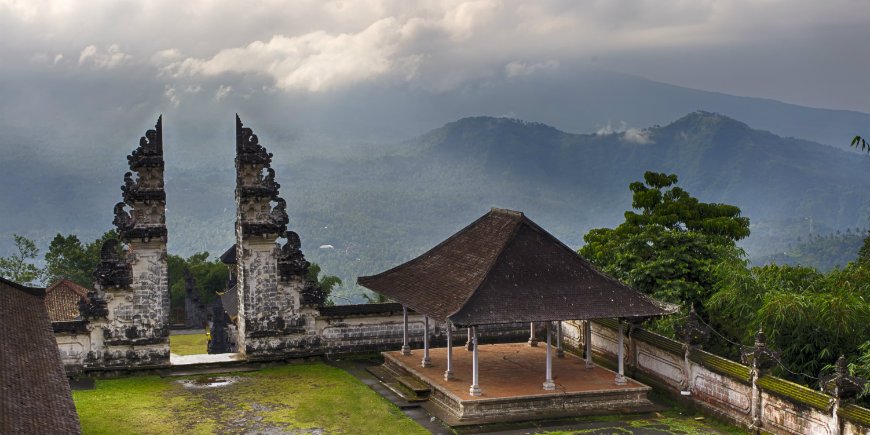
The magnificent Besakih Temple is set on a picturesque slope. It is a lavish sight that greets you, 900 metres up the sacred volcano, Mount Agung.
The vast temple is Bali’s most important temple. Also known as the Mother Temple, Besakih is at the heart of Bali Hinduism.
Pura Besakih consists of several temples, of which Pura Penataran Agung is the most important. The temple, which is spread over six levels on the slope, has stone gates (candi betar). On the square, there is a three-sided shrine, the lotus throne, dedicated to Brahma, Wisnu and Siva. During festivals, the shrine is dressed in coloured clothes characterising the deities.
Many areas of the vast temple are open to tourists, but there are also several places where tourists are only allowed to look in.
Pura Tanah Lot
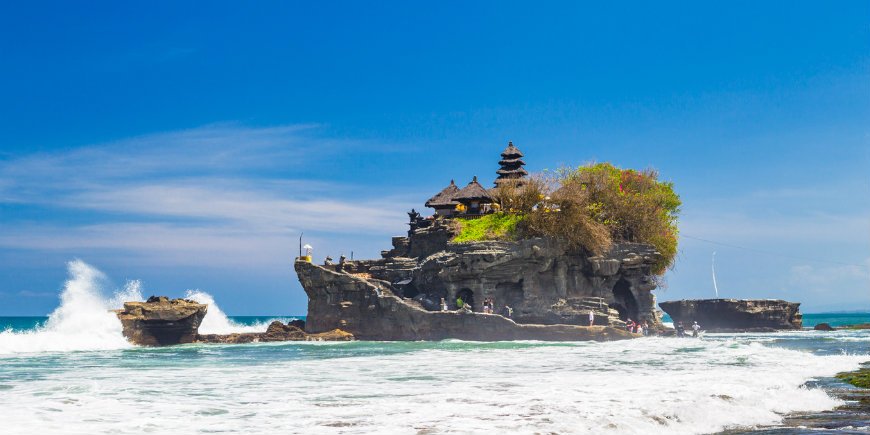
As you approach the Tanah Lot Temple, you can barely believe your eyes. From the middle of the sea rises a majestic rocky island. As the day draws to a close, the temple is shrouded in fairy-tale colours, and you would be forgiven for believing you’re in dreamland.
The Tanah Lot Temple is Bali’s most visited temple. Besides its extraordinary scenery, the place also oozes history.
The Hindu priest Danghyang Nirartha is said to have recommended that the temple be built, back in the 16th century. The temple has since played an important role, both to the religious architecture and the religion in Bali.
Pura Tirta Empul
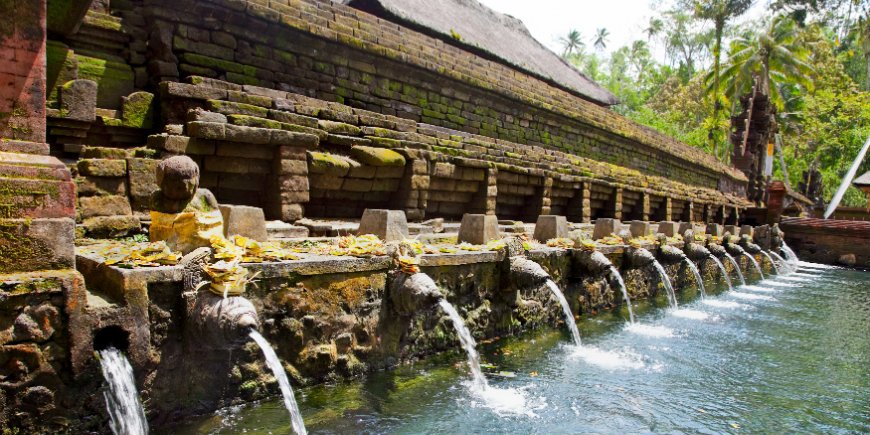
Running water from “stone taps”, people and rituals.
One of the first things you notice when you visit the Tirta Empul water temple is the religious visitors standing in the water fully clothed. They are practising cleansing rituals, where they bathe under each of the 30 stone taps from left to right.
The most important place in the temple is right here, where the temple’s two cleansing pools are located, namely Jaba Tengah.
The temple is one of the most important in Bali because of its holy waters, used by religious Hindus for their cleansing rituals.
When it was built the temple, the name of which means sacred source, was dedicated to the water god Vishnu.
Next to the temple is a 20th century house, built for Indonesia’s first president.
Pura Taman Ayun
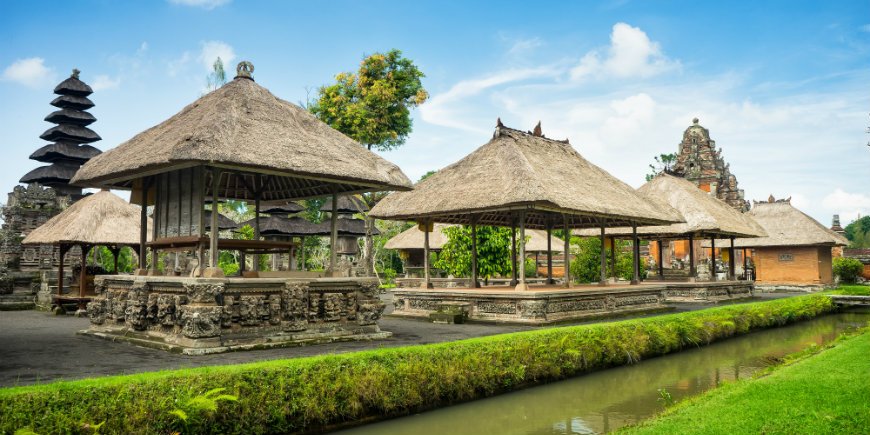
An embracing calm prevails in the royal water temple, which was built in 1634.
Surrounding the temple is a form of moat, and you can only enter the temple via a bridge.
The temple grounds consist of two courtyards, one large and open and the other housing an array of small temples.
Green trees, calm ponds and small Balinese temples with thatched roofs form the essence of the temple’s surroundings. And the name is also a reference to the lushness, as Taman Ayun means beautiful garden.
Unfortunately, you cannot enter the temples, but there is ample opportunity to find a solitary spot to enjoy a quiet moment and the picturesque temple grounds.
Pura Goa Lawah
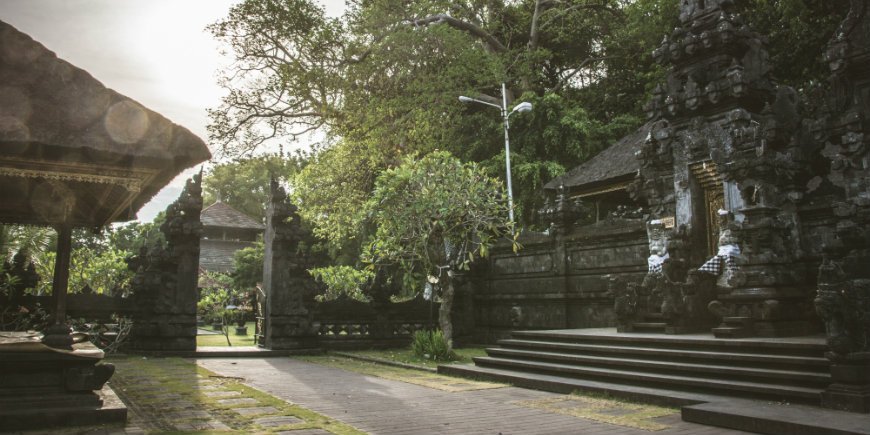
Situated in the mouth of a cave is the Goa Lawah Temple. Due to its location, the temple is known as the Bat Cave.
Built in the 11th century by the priest Mpu Kuturan, it is one of Bali’s most important temples. Mpu Kuturan was also one of the people who brought Hinduism to Bali.
You can be in no doubt about the way in as two large banyan trees stand tall at the main entrance.
Inside are many small temples, some of which are as old as the temple itself. Pay special attention to the illustration of a dragon, which is said to keep the world in balance.
There are three pavilions in the temple’s courtyard, where the devout place sacrificial gifts, mostly fruit. Many locals visit the temple to pray and to leave sacrificial gifts.
If you’ve been captivated by this amazing country, and you simply have to see Bali’s beautiful, unique temples for yourself, check out our tours to Bali here.
TourCompass – From tourist to traveller
